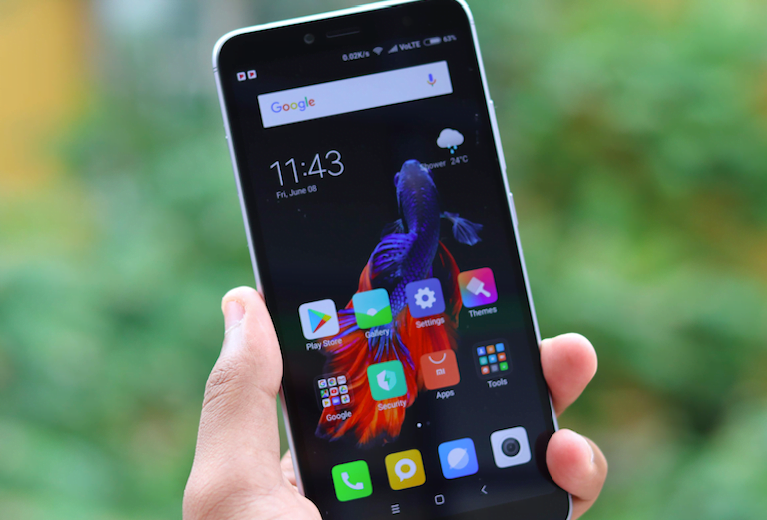According to the report, mobile video traffic is fuelling the data traffic growth as users are spending more time streaming and sharing video. As the evolution towards more advanced technologies continues in India, LTE (4G) is forecast to represent 82% of mobile subscriptions by the end of 2024 compared with 38% in 2018. The LTE subscription in India is expected to grow at 17% CAGR from 450 million in 2018 to 1.16 billion in 2024. “The LTE will remain the most dominant access technology in the region up to 2024 even as 5G subscriptions are expected to grow during this period,” Nitin Bansal, Head of Ericsson India and Head of Network Solutions, South East Asia, Oceania and India, said in a statement. The total mobile subscriptions in the world were around 7.9 billion in the first quarter of 2019, with 44 million subscriptions added in the quarter. However, in India, the number of subscriptions declined by 14 million, mainly due to the introduction of a minimum regular recharge amount by some large operators to tackle low-paying users and increase average revenue per user (ARPU), the report added. The number of smartphone subscriptions is forecast to reach 7.2 billion in 2024. At the end of 2018, there were 5.1 billion smartphone subscribers globally, 99% of which were for 3G and 4G, said the report. The smartphone subscription in India would reach 1.1 billion by 2024, growing at 11%, whereas the mobile broadband subscription in the region might grow at 13% to 1.25 billion in 2024 from 610 million in 2018, the report added. The June 2019 edition of the Ericsson Mobility Report forecasts 1.9 billion 5G subscriptions – up from 1.5 billion forecast in the November 2018 edition – an increase of 27%. “Based on the latest Consumer Lab study by Ericsson, we have found that Indian smartphone users are willing to pay more than 66% premium for 5G services,” Bansal said. “In fact, more than half of smartphone users in India expect their own provider to switch to 5G or will wait a maximum of six months before moving to another provider that does,” Bansal remarked. Ericsson Speaks About Huawei Ban in India Parrying questions on whether uncertainty over the fate of rival Huawei will give it an edge in the Indian market, Ericsson said Wednesday that its strategy is based on the strength of its offerings and creating value in technology innovation. “From Ericsson’s perspective, we believe in creating value in technology innovation. It is not a question of a push or pull…for us, the push will come from what we have to offer,” Nitin Bansal, Head of Ericsson India and Head of Network Solutions, South East Asia, Oceania and India told reporters here. He was responding to a specific query on Chinese telecom gear maker Huawei. “So the discussion with operators is about how do we evolve the network towards future technologies …discussions we are having right now with our customers is more about how do we start preparing the network and making sure we are getting the right technology, which is needed for India,” he said. Last week, a senior Government official had said that a decision on the contentious issue of the use of Huawei equipment in telecom infrastructure, particularly for futuristic 5G networks, is expected soon. India has said it will take a “calibrated decision” on the issue, without compromising on security, while driving a hard bargain to create space for local intellectual property rights (IPRs) in new 5G rollouts. To another question on government pushing for a review of spectrum pricing for the deployment of affordable 5G, Bansal said, “It is not only about the spectrum, but it is also the whole ecosystem. Everything has to make sense from a business perspective”.
